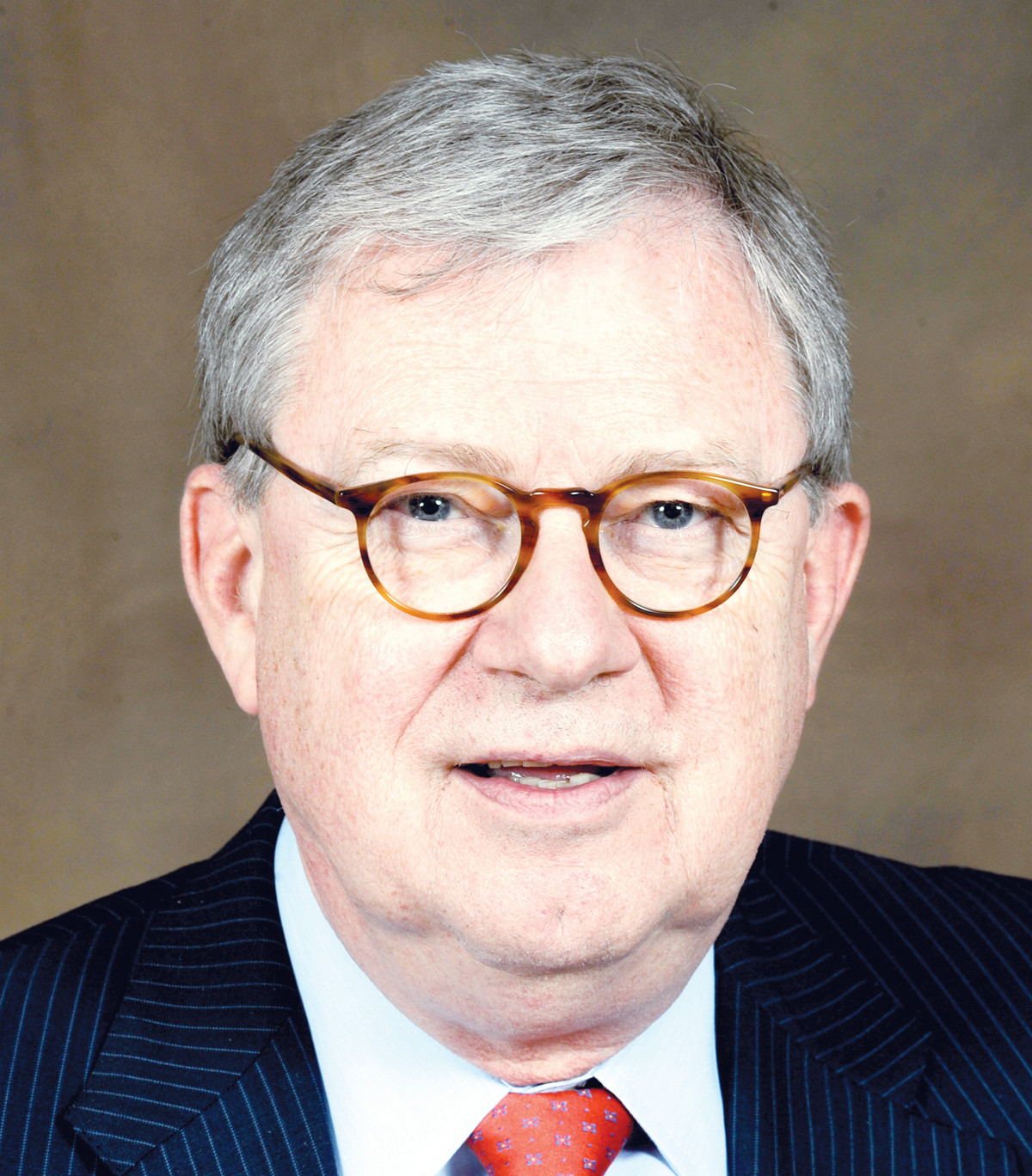Opinion: Numbers undercut 'ascendant America' theory

From the first years of the one-fifth of this century already completed, we've been told that a new, ascendant America - more nonwhite, more culturally liberal, more feminist - was going to dominate our politics for years to come.
Those predictions have partially come true. Barack Obama was elected and reelected president in 2008 and 2012, respectively, and Democrats won majorities in House contests in 2006, 2008 and 2018.
But those are slimmer pickings than were promised. And President Donald Trump's victories in 2016 have made a mockery of the predictions. He wasn't ascendant America's choice. Like (but no more so than) other Republicans, he ran way behind among nonwhites. From millennials and Generation Z, he evokes the response, "OK, boomer." Feminists feel queasy at the mention of his name.
Demographics, it turns out, don't automatically turn into destiny. Ascendant groups' triumphalism can coalesce those with opposite values into unaccustomed unity and enthusiasm. Ascendant leaders, not cautioned by sympathetic media, can concoct extreme policies (Green New Deal, anyone?) unsellable to most voters.
And perhaps ascendant groups, with their low birth rates, may not become as ascendant as demographers expected.
That's a conclusion you might draw from the Census Bureau's state population estimates for midyear 2019, released just one day before the year-end deadline. They're the best leading indicator we've got for the 2020 census, whose results will reapportion the House of Representatives and the Electoral College.
Reapportionment, it appears, would work to the advantage of Trump: The 30 states he carried in 2016 seem likely to gain at least three congressional seats and electoral votes.
One reason is that California, for the first time since it was admitted to the Union in 1850, is gaining population at a rate below the national average and is likely to lose a House seat. The nation's most populated state seems stalled at just below 40 million people, with net domestic outflow of 912,000 over the decade, only barely outbalancing international immigration.
Texas, the second most populated state, is growing far more robustly, from 25 million in 2010 to almost 29 million last year. That's a bigger percentage gain over nine years than any other state except big-family-size Utah. Florida, which passed New York to become number three in 2013, gained 14%. A decade ago, it trailed New York by half a million. Now, with 21 million, it's 2 million ahead.
These changes favor Republicans. Some upscale Texans trended Democratic in 2018, and perhaps some incoming Californians might import the left-wing politics whose results spurred their migration, as in Colorado and Arizona. But Texas' middle-income Latinos and high-education whites remain much more Republican than their California counterparts.
Florida, though attracting more international immigrants than California and more domestic in-migrants than Texas, is nevertheless trending Republican. Domestic newcomers tend to be Trump-friendly: Catholics fleeing the high-tax Northeast and small-town Midwesterner retirees fleeing the cold. Incoming immigrants and Puerto Ricans seem amenable to Republican policies, and Hispanics and blacks join in, making Republican Gov. Ron DeSantis' job approval over 60%.
With Texas projected by Polidata Inc. to gain 3 electoral votes, Florida projected to gain 2 and California projected to lose 1, together they should outvote California 72 to 54 electoral votes, compared with 67-55 this year.
Working for Democrats is the perceptible migration of blacks from ailing northern cities like Chicago to Southern boom metros like Atlanta. But fragmentary poll results suggest some blacks, especially young middle-class men, may be moving Trumpward, perhaps recoiling from policies that have produced high crime and stagnant economies in the cities they chose to leave.
In the early 2010s, there was notable population growth in the central cities that have become almost unanimously Democratic. But that trend has now been reversed; even New York City, after six years of Mayor Bill de Blasio, is losing people.
That leaves Democrats, however ascendant they may feel, with the psephological disadvantage of having their votes heavily concentrated in low-growth metro areas while opposition voters are more evenly spread out over the faster-growing remainder of the country.
A party in that situation has two choices. One is to change the rules, but amending the Constitution is hard, and finagling to undercut the Electoral College likely won't work.
The other choice is to extend your appeal beyond your 80%-plus strongholds in central cities, university towns and suburbs favored by Ivy League graduates. Democrats had some success doing this in 2018. But their presidential candidates, seeking Democratic primary votes, so far seem less interested.
Relying exclusively on "ascendant America" is not a sure-to-lose strategy. Hillary Clinton, despite her disdain for "deplorables," nearly won. But as Donald Trump shrewdly discerned (or stumbled into discovering), it's not a sure winner, either.
Michael Barone is a senior political analyst for the Washington Examiner, resident fellow at the American Enterprise Institute and longtime co-author of The Almanac of American Politics.
Copyright 2020 CREATORS.COM
More Articles to Read
